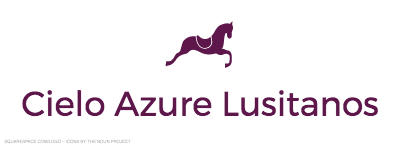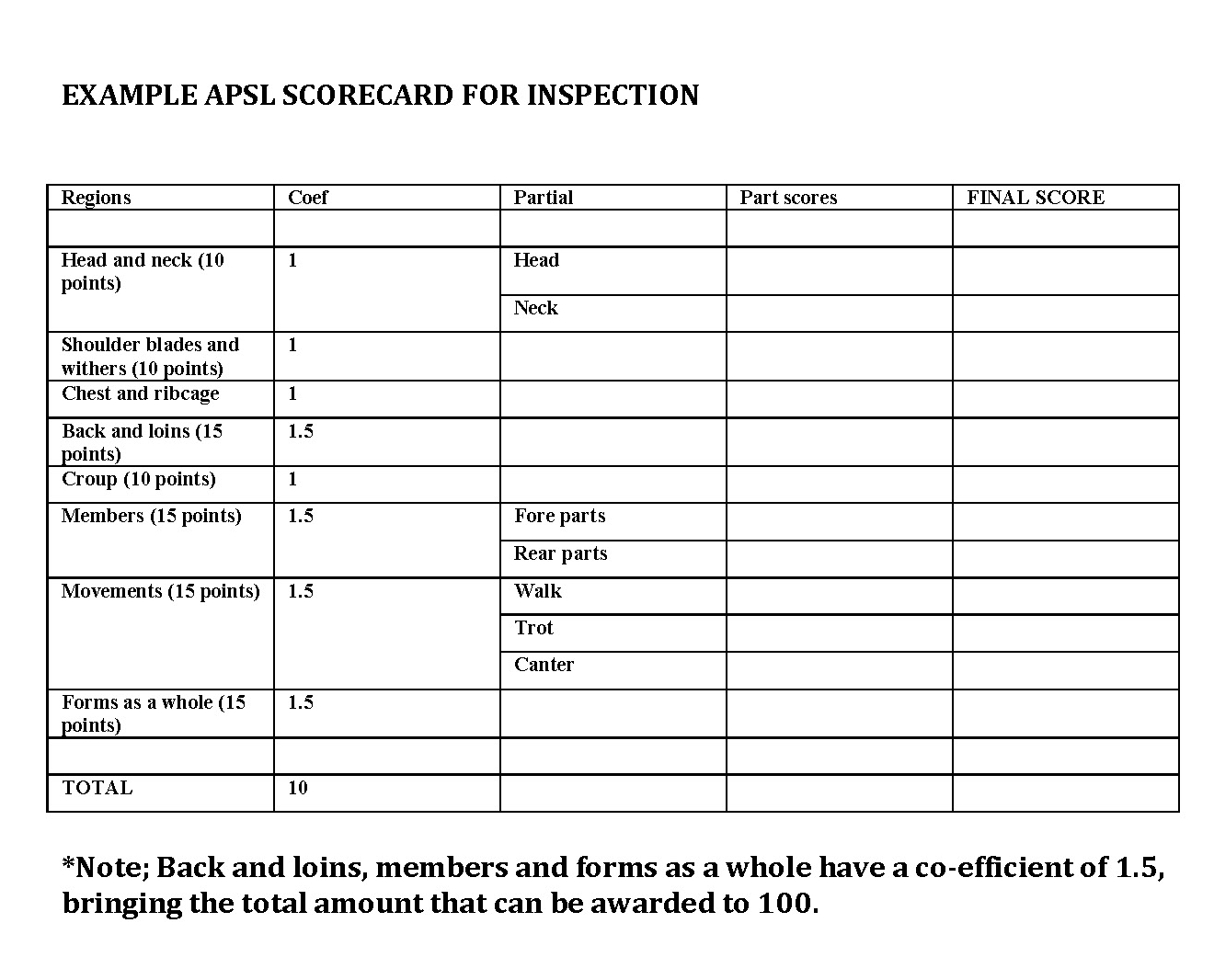The Associação Portuguesa de Criadores do Cavalo Puro Sangue Lusitano (Portuguese Lusitano Breed Association) is the purebred Lusitano horse breed registry
The APSL is the statutory body of the Lusitano Breed in Portugal and the world. They are a very important and integral part of breeding, registering, inspecting the Lusitano horse worldwide. There are globally nineteen partner organizations with the APSL.
The Lusitano Studbook is held by the APSL, but to register a horse in the USA -one must first register the horse with IALHA (www.ialha.org), who then registers your horse through the APSL for you. All breeding stock must pass inspection before their offspring can be registereAPSL – PORTUGUESE PURE BRED LUSITANO BREED ASSOCIATION
d in the APSL.
In the USA, many horses have not been inspected and are no longer in the APSL. Please be aware of whether the horse you might be considering buying can be registered with the APSL. Many people buy a horse, only to discover later that their beloved animal can not be registered as a Lusitano with the APSL.
Below is the APSL Lusitano breed standard, this is taken directly from the APSL studbook and used for grading Lusitanos during inspection and for shows.
If you are showing your Lusitano in the USA, this is the breed standard that the judge should be using. Not the USEF standard, which is based on the Andalusian and does not have the correct criteria for judging Lusitanos.
************************************************
APSL LUSITANO BREED STANDARD (100 points attributed to ideal model).
1. TYPE: Of middling weight (around 500 kilos); medium shaped, sub-convex (rounded in shape), with a square shaped silhouette.
2. HEIGHT: measured at withers using a measuring stick at age of 6: - female horses.... 1.55 m - male horses ...... 1.60 m
3. HAIR: The most frequently found are all shades of grey and bay.
4. TEMPERAMENT: Noble, generous and ardent but always gentle and long suffering.
5. MOVEMENTS: Agile, high stepping, forward thrusting, gentle and very easy to ride.
6. APTITUDE: A natural tendency for concentration, well disposed for High School exercises and highly courageous and enthusiastic in “gineta” (combat, hunting, bullfighting, herding, etc) exercises.
7. HEAD: Well proportioned, of medium length, narrow and dry, relatively unpronounced lower jaw and relatively long in cheek with a slightly sub-convex profile and upwards curving forehead (over eyebrow bones) huge elliptical, live, expressive confident eyes. Ears are of average length, delicate, narrow and expressive.
8. NECK: Of average length, arched with a slight hairline, with a narrow junction to the head, broad at the base and perfectly positioned in respect of the shoulder blades rising from the withers without any marked depression.
9. WITHERS: Well defined and long, with a smooth transition between the spine and neck, always slightly more raised than the croup. In fully grown males it is covered in fat but is always clearly visible through the shoulder blades.
10. CHEST: Medium, deep and muscular. 11. RIBCAGE: Well developed, long and deep, with ribs obliquely arched into the spinal column, providing a short, full flank.
12. SHOULDER BLADES: long, oblique and muscular.
13. BACK: Upright, leaning horizontally providing a smooth union between the withers and loins. 14. LOINS: Short, broad, muscular, slightly convex, well connected to the back and croup with which they form a continuous and perfectly harmonious line.
15. CROUP: Strong and rounded, well proportioned, slightly oblique, identical in length and breadth, convex, harmonious profile and with a relatively slight point of the hip providing the croup with an elliptical transversal section. The tail follows the curve of the croup and is comprised of silky, long and abundant hair.
16. MEMBERS:
Muscled harmoniously inclined forelegs: Upper leg is upright and muscular;
Dry broad knee;
Dry shin bones with well defined tendons;
Dry relatively large fetlocks with smallish joints;
Relatively long and oblique pasterns;
Well formed, shapely and proportioned hooves without being excessively open and slight coronet;
Short and convex buttock;
Muscular, shortish thighs pointing in such a way as for the patella to be positioned on the same vertical line as the point of the hip;
Longish leg, positioning the hock in line with the vertical part of the buttock; Broad, strong and dry hocks; The angle of the latter members are relatively closed.
************************************************
“Pure Lusitano Blood breeding is like entering into the magic world of intuition where the breeder, driven by passion, creates a horse that is the image of his dreams.
”

